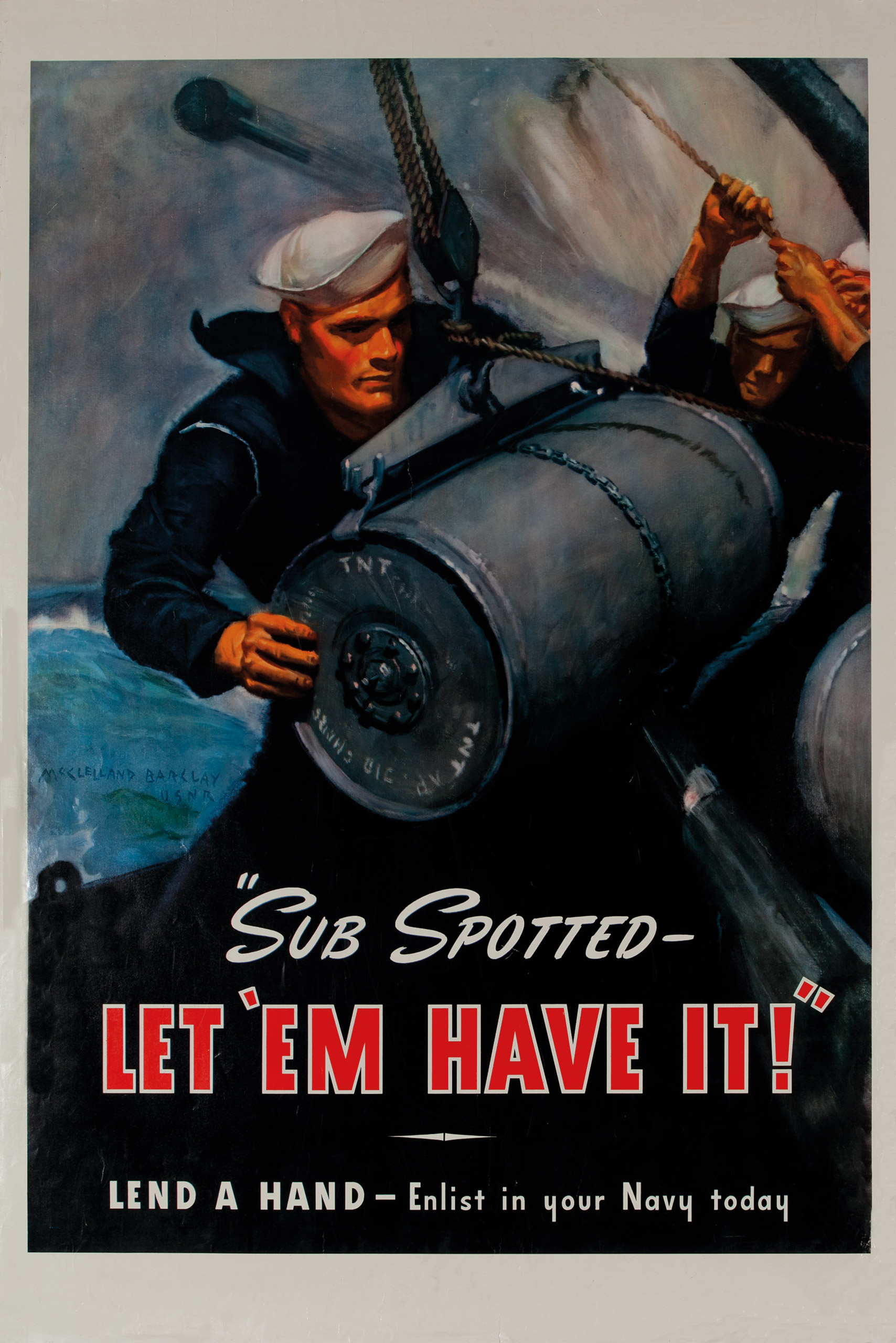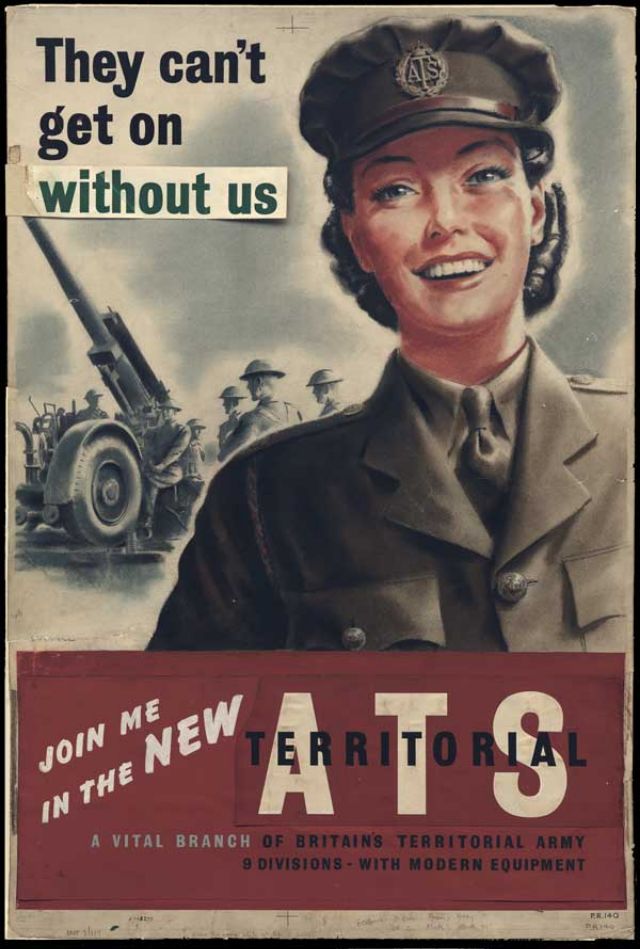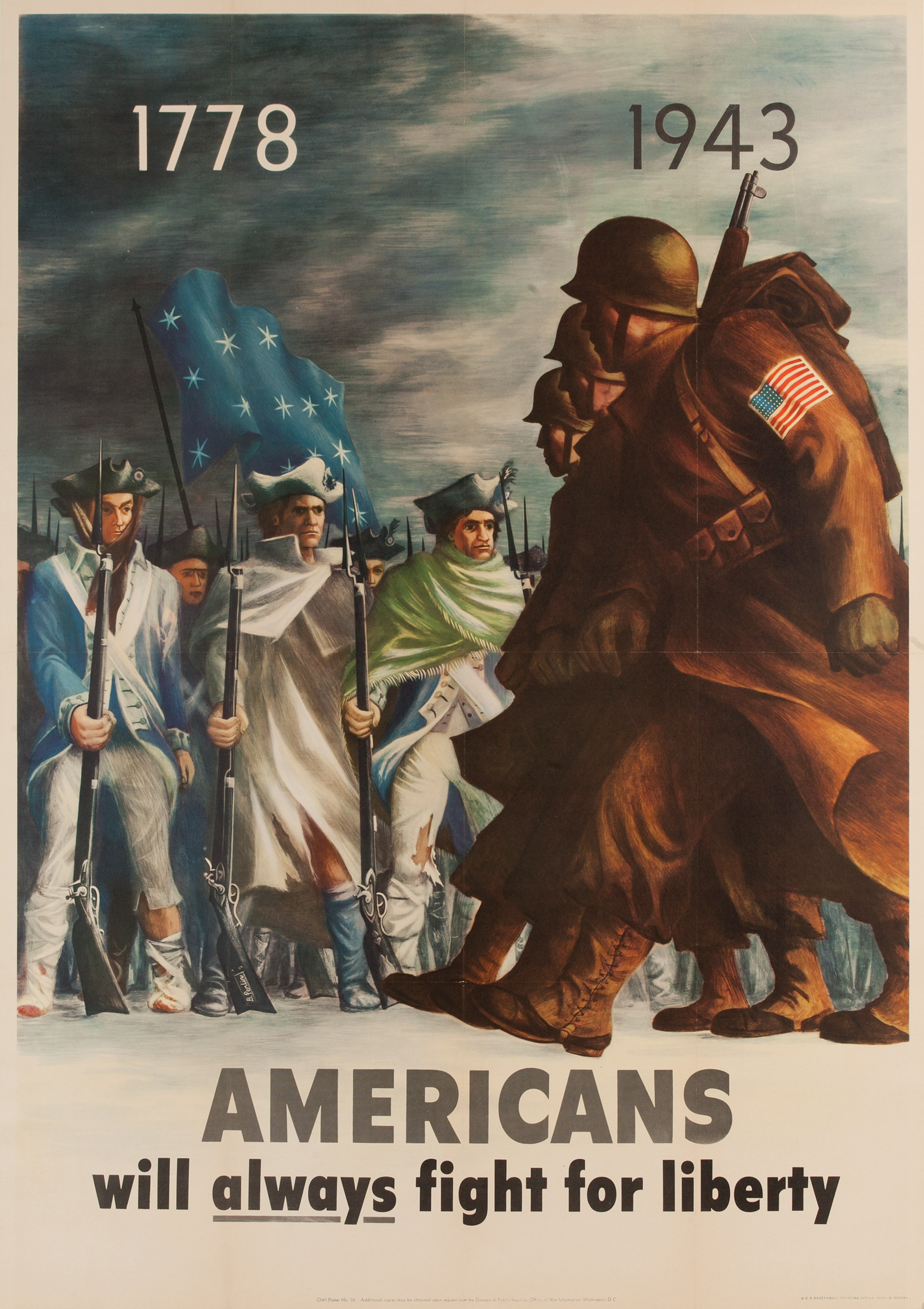
Photos U.S. propaganda art, posters of World War II
Enlarge "I Want You" by James Montgomery Flagg, 1940. National Archives, Army Recruiting Bureau View in National Archives Catalog Guns, tanks, and bombs were the principal weapons of World War II, but there were other, more subtle forms of warfare as well. Words, posters, and films waged a constant battle for the hearts and minds of the American citizenry just as surely as
War Propaganda Poster (1940s). World War II Poster (18" X 24") Lot 50445 Heritage Auctions
An American propaganda poster promoting war bonds, depicting Uncle Sam leading the United States Armed Forces into battle. During American involvement in World War II (1941-45), propaganda was used to increase support for the war and commitment to an Allied victory. Using a vast array of media, propagandists instigated hatred for the enemy and support for America's allies, urged greater.

Ww2 Propaganda Posters Propaganda Poster Ww2 Deutsch Poster Von Srposters Redbubble On this
By the 1930s, propaganda was being used by most of the nations that join World War II. [1] Propaganda engaged in various rhetoric and methodology to vilify the enemy and to justify and encourage domestic effort in the war. A common theme was the notion that the war was for the defence of the homeland against foreign invasion.
.jpg)
ART & ARTISTS World War 2 Propaganda Posters part 2
Either way, America's World War 2 propaganda soon took off, and special government agencies such as The Writers War Board were created to produce and distribute posters, radio advertisements, films, comic strips, and more. These efforts promoted patriotism, encouraged men to join the armed services, and encouraged women to become nurses or join.
World War II Propaganda (U.S. Government Printing Office, 1943). Lot 54439 Heritage Auctions
January 27, 2017 6:02 PM EST. T hough some wartime propaganda art has since become iconic, plenty of posters from the World War II era are rare, with few original examples having survived through.
World War II Propaganda (U.S. Government Printing Office, 1943). Lot 54508 Heritage Auctions
"The function of the war poster is to make coherent and acceptable a basically incoherent and irrational ordeal of killing, suffering, and destruction that violate every accepted principle of morality and decent living."--O.W. Riegal, propaganda analyst for the Office of War Information. Download a printable version of this At A Glance

25 Incredible British Propaganda Posters During World War II Vintage News Daily
people behind the war effort. Victory over the Axis was not a given, and certainly would not be without the whole-hearted support of all men, women, and children. To meet the government's objectives the OWI (Office of War Information) used common propaganda tools (posters, radio, movies, etc.) and specific types of propaganda.
World War II Propaganda (U.S. Government Printing Office, 1944). Lot 51443 Heritage Auctions
The World War II Poster Collection is comprised of propaganda posters generated by United States government agencies, civilian service organizations, and foreign agencies between 1941 and 1945. The collection contains numerous posters addressing U.S. war production, war bond and stamp sales, military recruiting, civil defense, civilian wartime.

Pin on Posters de la WWII
Use these sources to understand more about propaganda poster campaigns, and the artists behind them, during the Second World War. CURRICULUM LINKS AND LEARNING OBJEC. Challenges for Britain, Europe and the wider world, 1901-present - KS3/4. Warfare and British society, c1250-Present - GCSE.
World War II Propaganda (U.S. Government Printing Office, 1942). Lot 54450 Heritage Auctions
Today, the posters a offer a glimpse into the nation's climate during World War II and how propaganda was used to link the home front to the front lines. By: Madison Horne Citation Information
War Propaganda Poster (U.S. Government, 1940s). World War II Poster Lot 51438 Heritage Auctions
Propaganda posters as weapons of war.. In 2012, 67 years after the end of World War II, an exhibition on Nazi poster art at the Munich Stadtmuseum triggered heated debates.

World War II Propaganda Posters Rare Posters From New Book Time
Background Guns, tanks, and bombs were the principal weapons of World War II, but there were other, more subtle, forms of warfare as well. Words, posters, and films waged a constant battle for the hearts and minds of the American citizenry just as surely as military weapons engaged the enemy. Persuading the American public became a wartime industry, almost as important as the manufacturing of.
.jpg)
ART & ARTISTS World War 2 Propaganda Posters part 2
"Rosie the Riveter" and many other wartime propaganda posters remain relevant 75 years later. They have endured and evolved. Their messages continue to be called upon, adopted, and adapted. When you need a little motivation look back at World War II, give the muscles a flex, and think, "We Can Do It!"
.jpg)
16 Famous Recruiting Posters from World War Two vintage everyday
Posters Worth A Thousand Words World War II political posters from the collections of the Smithsonian National Museum of American History. In collaboration with. The role of a poster. Propaganda posters encouraged citizens to enlist in the military "We're Coming!" / Join the A.I.F. Now!
World War II Propaganda (Recruiting Publicity Bureau of the United Lot 52459 Heritage Auctions
Amazingly, although the United States entered the war rather late—April of 1917—it produced more propaganda posters than any other single nation. During the interwar period and World War II, other countries, particularly Germany, were inspired by American propaganda posters due to their positive effect on the nation's citizens.

Sold Price WAR PROPAGANDA POSTER WWII NAZI GERMANY SOLDIER November 6, 0118 300 PM GMT
During World War II, the Office of War Information (OWI) controlled the release of all the American propaganda from the time of its formation to the end of the war. Franklin D. Roosevelt created the agency with Executive Order 9182 on 13 June 1942 with the goal of simplifying the way information about the war reached the public.